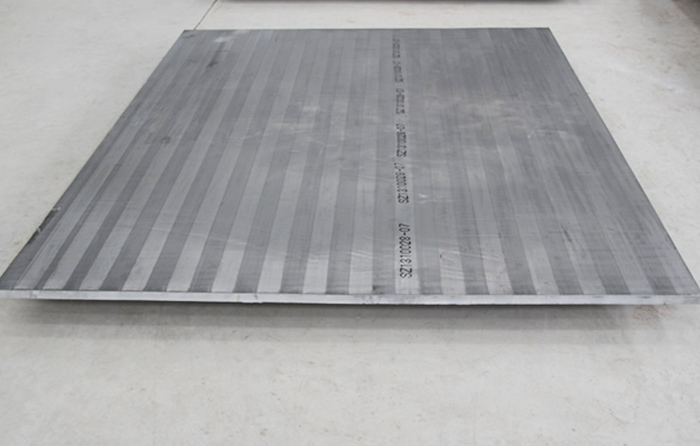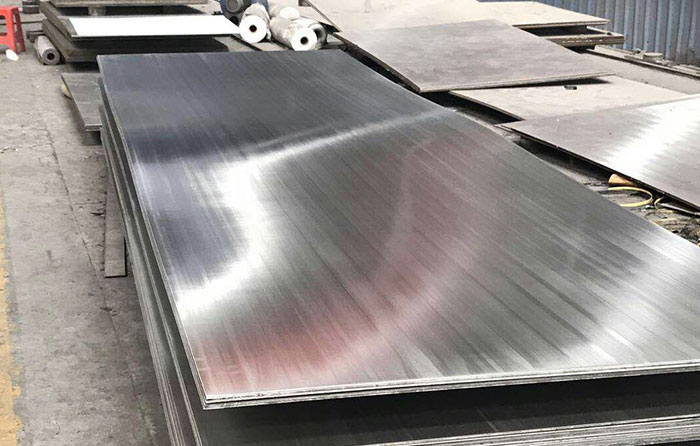The Difference Between Titanium and Stainless Steel
Many businesses and industries use titanium or stainless steel in their daily operations. The main difference between these two substances is that titanium is a metal, while stainless steel is a metal alloy. Read on to better understand what this difference means and to get a clearer picture of the other differences that exist between titanium and stainless steel.
What is Titanium?
Titanium, a chemical element with the chemical symbol Ti, atomic number 22 and atomic weight 47.867 u. Titanium is a silvery-white transition metal characterized by its light weight, high strength, metallic luster, and good corrosion resistance. Because of its stable chemical properties, good resistance to high and low temperatures, strong acids and bases, as well as high strength and low density, it is often used in the manufacture of rockets and spacecraft, and is therefore known as the "space metal".
Titanium has a high level of mechanical resistance, making it very durable. Its low density makes it lightweight, adding to its attractiveness in certain industries. Its corrosion resistance is used in a wide range of applications, making it highly resistant to corrosion generated by various alkalis, acids, industrial chemicals and natural water.
What is Stainless Steel?
Stainless steel is an alloyed steel, which means it is a steel that is combined with one or more elements to alter its properties. Alloying is the process of mixing multiple metals together. In the case of stainless steel, it is usually made from about 10 to 30 percent chromium and 70 percent iron to give it corrosion resistance as well as the ability to withstand temperature changes very well.
When other elements are added to the mixture, it is usually to enhance the steel's ability to resist corrosion or oxidation. In some cases, specific elements are added to promote the unique properties of a particular type of stainless steel. Although they are not always added to alloy steels, metal mixtures sometimes contain one or more of the following elements: titanium, copper, aluminum, sulfur, nickel, selenium, niobium, nitrogen, phosphorus or molybdenum. The specific metals that are added to steel to produce stainless steel are called alloying elements.
What is the Difference Between Titanium and Stainless Steel?
The main difference between stainless steel and titanium is simple: stainless steel is an alloying metal, while titanium is a metal. The unique properties of stainless steel are developed by adding alloying metals to it, while the properties of titanium are naturally present in it.
Presence usually indicates that one substance is better suited for a particular project or activity than another. For example, titanium is often preferred by some manufacturers because of its unique qualities of strength and durability as well as low density. Therefore, when weight is more important than strength, titanium is usually preferred. Conversely, stainless steel is favored by industries that value weight over strength. While titanium is not as dense as steel, it is just as strong, making it ideal for specific industries, such as aerospace, which requires a lower density in addition to strength.
However, titanium is more expensive than stainless steel, which makes it too costly for certain industries, such as the construction industry, which requires mass production. As a result, when money is an important factor, stainless steel is sometimes chosen over titanium if both materials are deemed appropriate.
Titanium is extremely biocompatible, which means that it is non-toxic to the human body. As a result, it is often used in the medical industry as an excellent source of replacement parts, such as hip implants, knee replacements, pacemaker housings and human cranial panels. It is also used in the dental industry for dental implants, which is a growing field in dentistry. Because of its biocompatibility, titanium is commonly used to make jewelry that is corrosion resistant and lightweight compared to stainless steel.
Stainless steel is both weldable and formable, making it easy to shape, which has increased its popularity in many industries. Because of its shiny appearance, stainless steel is often used to make household items such as kitchen pots and pans, as well as health care products such as sinks, countertops, portable carts, shelves and tables.
Whereas stainless steel tends to fatigue and break easily, titanium is highly resistant to fatigue caused by temperature fluctuations. Therefore, titanium is the better choice when temperature changes result in extremely high or low temperatures.
Stainless steel and titanium are used in a variety of industries around the world. Both are extremely durable, corrosion resistant and strong. Often, the nature of its use determines which metal is chosen.
KLS Metal Clad Materials Company is a dominant and professional provider in the field of metal clad materials in China. If you want to know more information about it, please contact us. We will provide professional answers.
related reading



评论
发表评论